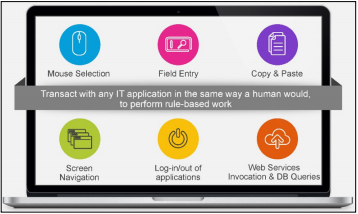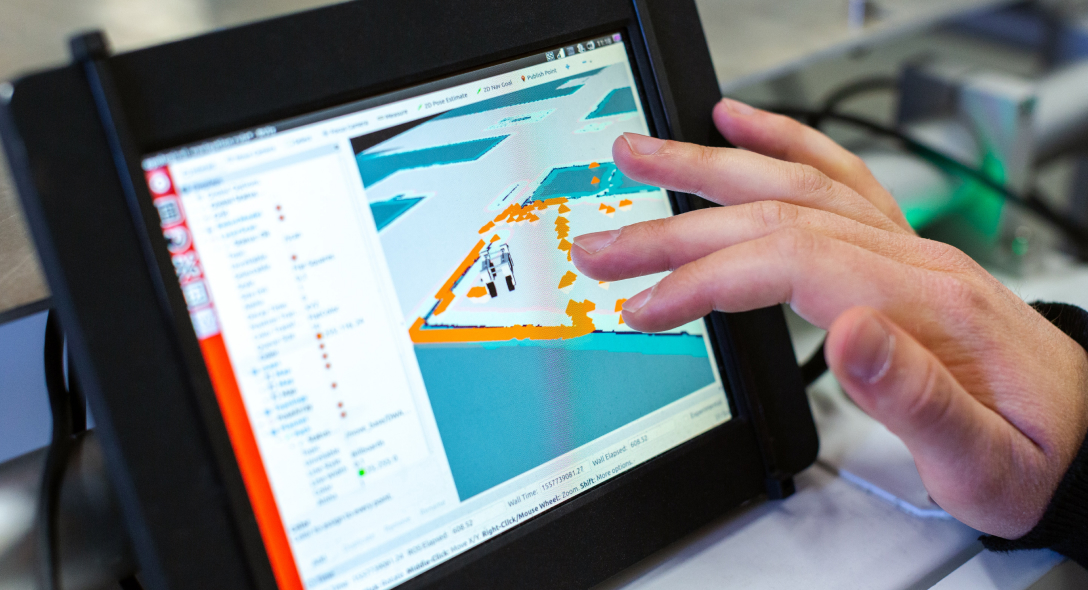Every new tool, it seems, solves one set of problems and creates a new area of concern. Who wants to go back to the days of paper, manila folders, and steel filing cabinets? Digitization of data has been an explosive force for productivity and advancement, but it has also created its own new roster of mundane work roles.
This blog explores the benefits offered by robotic process automation - giving more and more of the mundane work over to machines that can handle it well and without complaint. It introduces the concept, explores where it works best, and the value it can bring to your organization.
Meet your new robot
Through the years, your customer-service operation has become more and more powerful, with advanced functionality provided by increasingly digital tools. That's clearly a good thing, but it also means that your customer service team is spending a lot of time moving from one application to another, filling in the same information in multiple places, reentering data, or copying and pasting.
Studies have shown that a typical customer contact might require your representative to interact with half a dozen different applications. Your agent can get a lot of important tasks accomplished with the help of those applications, but it's anything but simple.
At the very least, all those manual processes are a recipe for inefficiency. Dealing with them is a source of boredom and dissatisfaction for employees. And it's a situation that's ripe for errors. So, why send a human to do a robot's job? Why waste a good human mind on mind-numbing work that requires little or no analysis and no subjective judgment?
Robotic Process Automation
Robotic process automation (RPA) uses the latest software technologies to automatically handle computer tasks that are highly structured, routine, and repetitive. For tasks that are largely driven by rules, schedules, or events, a robot can take the wheel and get the job done.
Typical back-office employees, in fact, spend up to 80% of their day on such mundane activities. These workers are filling in forms, making repetitive calculations, and processing orders - all things that are vital for customer satisfaction but tedious for employees.
RPA hands such processes off to a robotic workforce. This workforce is precise, accurate and immune to boredom. It can also be scaled vastly more easily than a human workforce. RPA can perform just about any complex rule-based work and can do so through interaction with any software application or website. It's a robotic connection to the human world of the computer user interface. Just what kinds of desktop activities can be automated? You name it. If a human can do it, a robot can in virtually the same way.

Fig 1: Automating any desktop activity
RPA isn't a replacement for the human customer-service workforce. It's ideal for tasks that require no human intervention - tasks that are often referred to as unattended. Plenty of tasks require a human connection, but in many cases, at least a portion of the work can also be automated through RPA - such tasks are known as attended tasks. Most importantly, there are many other high-value activities that need your employee's brainpower, and that happens to be a whole lot more interesting for them. RPA lets software robots optimize your business processes, leaving humans more bandwidth for the high-value needs.

Fig 2: How RPA fits into your organization
So, when are you going to automate your business processes? Wondering how to start? Get in touch with us at [email protected] or chat with us right here on this website.
